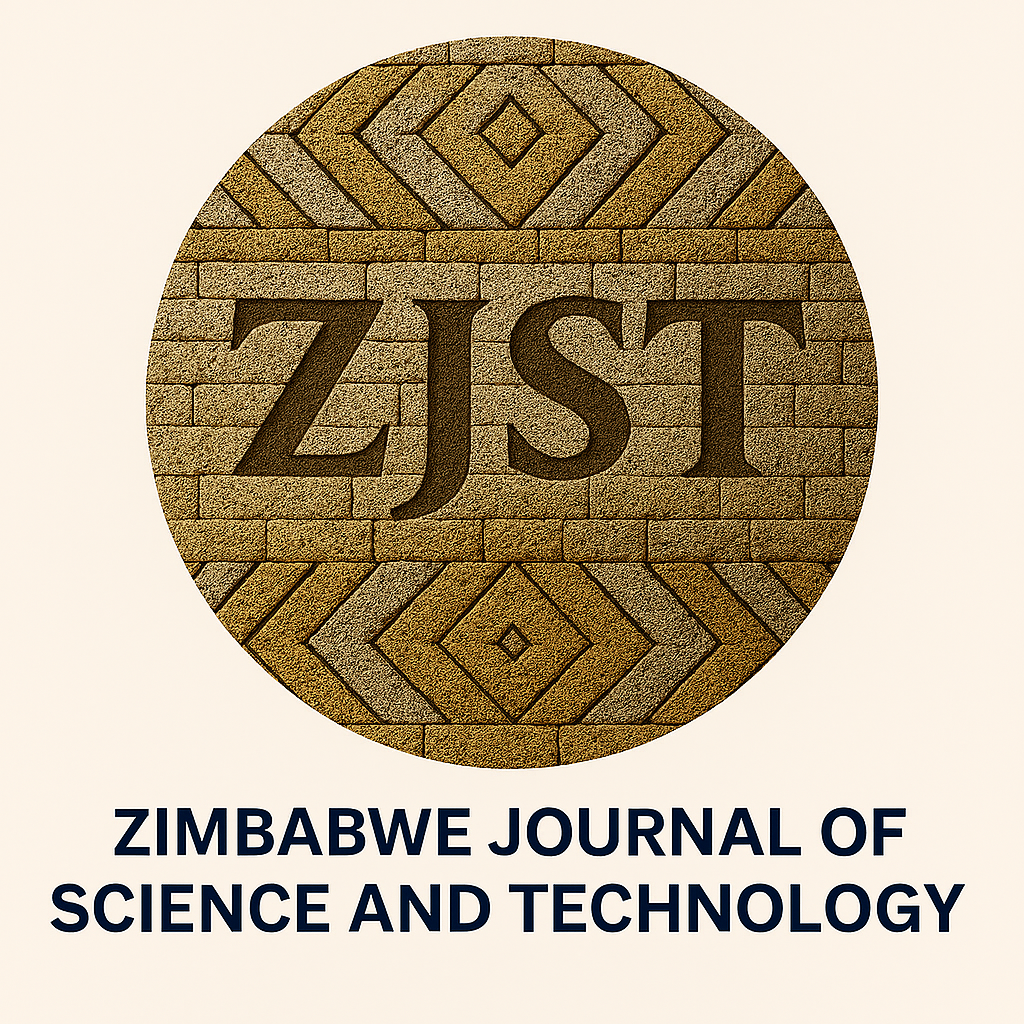Towards Energy Efficient Machining of Titanium Alloy – Ti6al4v: Characterising Chip Morphological Impact on Specific Energy Use During the Mechanical Finish Cutting Process
Keywords:
Energy efficiency, chip morphology, specific cutting energy, machining process, titanium alloyAbstract
During mechanical cutting of aircraft grade titanium alloy, Ti6Al4V, chip morphology features observation relay fundamental intelligence towards understanding the machining activity energy efficiency management. In the present study, the effect of chip formation, on specific energy use, was experimentally investigated. Design of experiments was used to plan the 18 machining experiments iteration set in Minitab 22 software. The input cutting parameters were varied and the segmented chip morphological variation was studied in order to understand its effect on the energy efficiency, which is reflected through specific energy use. Key, Ti6Al4V material chip formation feature attributes, were examined and characterised as regards how the chip profile features correlate with specific energy use during cylindrical billet exterior cutting on the CNC turning machine tool. The research, aimed to generate insight into the energy efficient machining of the Ti6Al4V, as mirrored through the chip morphology system. Furthermore, the intention was to get a macroscopic insight about the energy use from observing the chip profile trends during machining of the high grade titanium alloy. Results established the correlation between the seven analysed chip morphology attributes changes with specific energy use minimisation up to some point beyond which the reduction trend changes direction towards energy consumption increase. The profiles of the chip morphology versus specific cutting energy plot suggest the subsistence of an energy use optimum point during the cutting of Ti6AL4V. The study findings provide important reliable guidance to the machining industry stakeholders who could apply this knowledge to monitor the process efficiency of their operations by macroscopically monitoring the features of the cutting chips produced. Conclusion reached is that it is feasible to observe the specific energy use trend, of the machining process, through observing the chip morphology system. Future work relate to establishing the optimum operating parameters from the chip morphology models.


